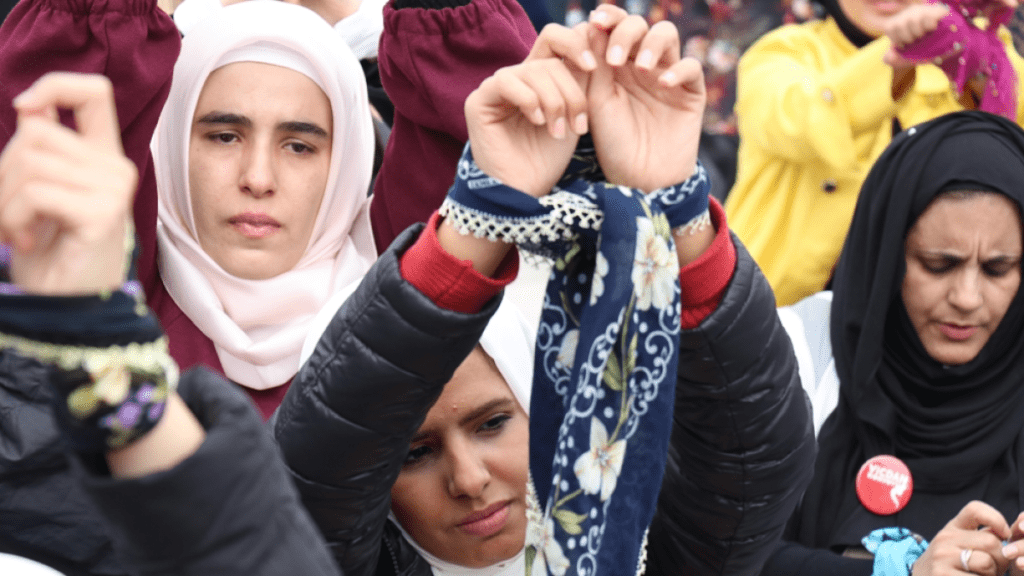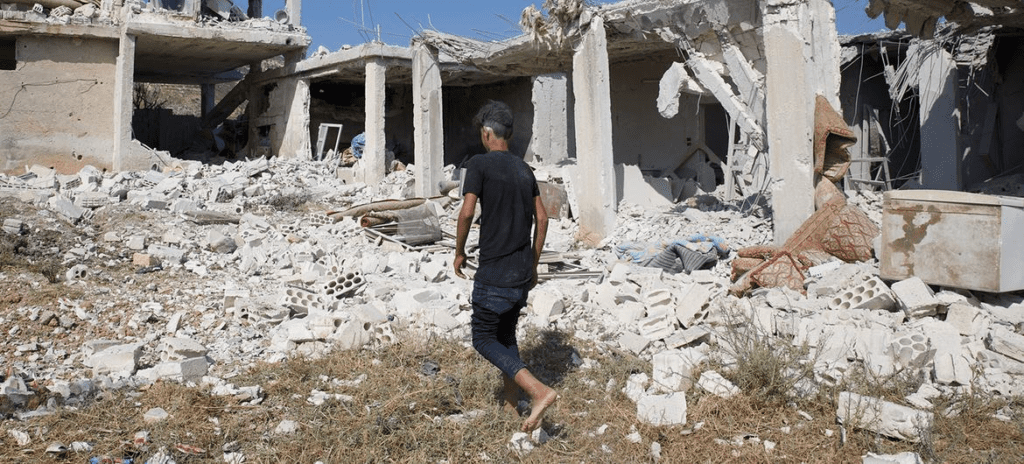“Top ISIS Leader Falls in U.S.-Iraqi Strike: A Turning Point?”

On March 13, 2025, a significant blow was dealt to the Islamic State (ISIS) with the death of one of its top leaders in a precision airstrike in Iraq’s Al Anbar Province. The operation, a collaborative effort between U.S. Central Command (CENTCOM) forces, Iraqi Intelligence and Security Forces, and Kurdish regional partners, targeted Abdallah Makki Muslih al-Rifai, also known as Abu Khadijah.
Described as the global ISIS number two leader and Chief of Global Operations, his elimination marks a pivotal moment in the ongoing fight against the terrorist organization. This event underscores the persistence of coalition forces in dismantling ISIS leadership and raises questions about the group’s future resilience and operational capacity.
The Operation: A Model of Coordination
The airstrike was the culmination of months of intelligence gathering, surveillance, and meticulous planning. Reports circulating on platforms like X suggest that the operation involved a seamless integration of U.S. military precision, Iraqi ground intelligence, and Kurdish regional support.
This tripartite collaboration highlights a growing trend of effective regional cooperation in counterterrorism efforts, moving beyond theoretical diplomatic frameworks into tangible, results-driven action.
The target, Abu Khadijah, was no ordinary operative. As the second-in-command of ISIS globally and a key figure in its Delegated Committee, he oversaw critical aspects of the organization’s logistics, finances, and operational planning. His role made him a linchpin in ISIS’s ability to sustain its global network, orchestrate attacks, and maintain financial streams through illicit means.
DNA confirmation of his identity post-strike underscores the accuracy of the intelligence and the strike itself, leaving little room for doubt about the mission’s success.
The choice of Al Anbar Province as the strike location is telling. Once a stronghold of ISIS during its territorial peak in 2014–2017, the region has remained a hotspot for remnant activity despite the group’s loss of its so-called caliphate. The operation signals that coalition forces are not content with merely containing ISIS but are actively pursuing its leadership in areas where it seeks to regroup.

A Win for the Coalition—and Trump’s Narrative
The timing of the operation, just months into 2025, aligns with a renewed emphasis on counterterrorism under U.S. leadership. Former President Donald Trump, who has claimed credit for the relentless pursuit of ISIS, hailed the operation as a testament to American military prowess.
Posts on X reflect a sentiment among some users that this strike reinforces Trump’s legacy of decisive action against terrorism, a narrative he has long cultivated. Whether this operation was directly influenced by his policies or simply executed under a broader military strategy is less clear, but the optics of the win are undeniable.
CENTCOM’s official statement emphasized a commitment to continued action against ISIS threats, suggesting that this strike is not an isolated victory but part of a sustained campaign. Eliminating high-ranking figures like Abu Khadijah disrupts the group’s command structure, potentially hampering its ability to coordinate large-scale attacks or maintain cohesion among its scattered cells.
The Broader Context: ISIS’s Evolution
To fully appreciate the significance of this event, it’s worth examining ISIS’s trajectory. At its height, the group controlled vast swathes of Iraq and Syria, imposing a brutal regime that drew global condemnation. The loss of its territorial caliphate by 2019 forced ISIS to adapt, shifting from a pseudo-state to a decentralized insurgency. Leaders like Abu Khadijah became critical in this new phase, managing operations across borders and sustaining the group’s relevance through propaganda and sporadic attacks.
The death of such a figure raises questions about ISIS’s resilience. Historically, the group has demonstrated an ability to regenerate leadership, with successors often stepping into vacated roles. The killing of Abu Bakr al-Baghdadi in 2019, for instance, was a major setback, yet ISIS persisted.
Analysts have noted that while these decapitation strikes weaken the group in the short term, they do not necessarily dismantle its ideology or grassroots support. The global network Abu Khadijah helped oversee—spanning affiliates in Africa, Asia, and beyond—may still function autonomously, even if temporarily disrupted.

Regional Implications
For Iraq, this operation is a double-edged sword. On one hand, it reinforces the capabilities of its security forces and their partnership with the U.S. and Kurdish allies. The Iraqi government has long sought to prove it can stand against terrorism without being overly reliant on foreign intervention, and this joint effort bolsters that image. On the other hand, the presence of ISIS leaders in Al Anbar suggests that the country remains a battleground, with lingering instability that could undermine reconstruction efforts.
The Kurdish Regional Government’s involvement also highlights its strategic role in the fight against ISIS. Kurdish forces have been instrumental since the early days of the caliphate’s rise, often bearing the brunt of ground combat. Their participation in this operation strengthens their position as a key U.S. ally, though it may also fuel tensions with Baghdad over autonomy and resource disputes.
Critical Reflections: Beyond the Headlines
While the operation is undeniably a tactical success, a critical examination reveals complexities beneath the surface. The narrative of “ISIS leadership decimated,” echoed in posts on X, risks oversimplifying the challenge. Terrorist organizations like ISIS thrive not just on leaders but on conditions—poverty, political instability, and sectarian divides—that persist in Iraq and beyond. Killing a single leader, no matter how senior, does not address these root causes.
Moreover, the reliance on strikes, while effective, carries risks. Civilian casualties, though not reported in this instance, have historically strained U.S.-Iraqi relations and fueled anti-Western sentiment that ISIS exploits. The precision of this strike suggests improvements in targeting technology and intelligence, but the broader strategy must balance military action with efforts to stabilize the region.

What’s Next?
The death of Abu Khadijah is a moment of triumph for the U.S.-Iraqi coalition, but it is not the end of the story. ISIS will likely appoint a new leader, and its global affiliates may seek to retaliate or prove their relevance. For the U.S., maintaining pressure on the group while navigating a shifting geopolitical landscape—particularly with rivals like Iran watching closely—will be a delicate task.
For now, the operation stands as a testament to the power of collaboration and intelligence-driven warfare. It sends a message to ISIS that its leaders are not untouchable, even in remote strongholds. Yet, as the dust settles in Al Anbar, the more profound challenge remains: ensuring that such victories translate into lasting security, not just fleeting headlines.











